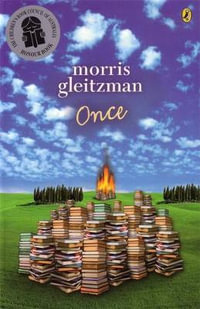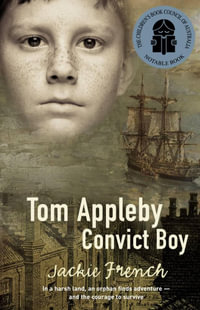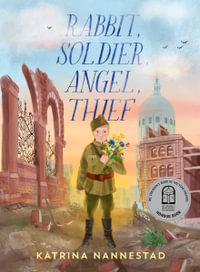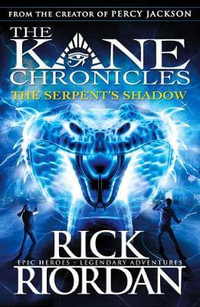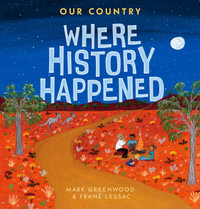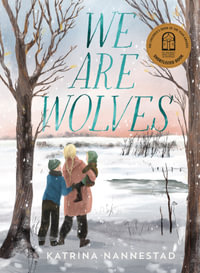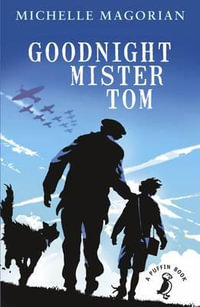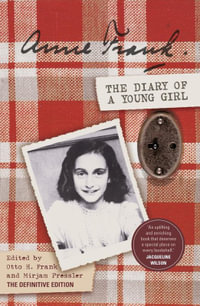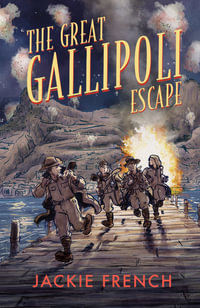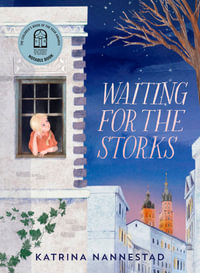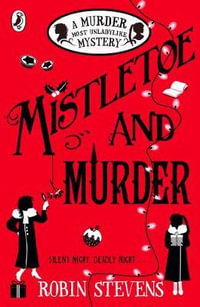An enslaved mother and daughter learn to read in spite of great danger in this beautiful testament to the power of literacy, written and illustrated by an award-winning author/artist team. Rosa and her mama go to school together-in the dark of night, silently, afraid that any noise they hear is a patroller on the lookout for escaped slaves. Their school is literally a hole in the ground, where they and other slaves of all ages gather to form letters out of sticks, scratch letters in the dirt, and pronounce their sounds in whispers. Young Rosa is eager to learn the letters and then the words, because after the words comes reading. But she must have patience, her mama reminds her, and keep her letters to herself when she's working on the plantation. If the Master catches them, it'll mean a whipping-one lash for each letter. No matter how slow and dangerous the process might be, Rosa is determined to learn, and pass on her learning to others.
Industry Reviews
A slave mother and her daughter learn to read in spite of the great danger inherent in their enterprise. Rosa's mother awakens her at night to walk to a "pit school," a hole dug in the ground and covered over where slaves gather to learn their ABC's. Their teacher is a fellow slave who had been taught to read. The patrollers make their journey perilous. Still, the men, women and children gather as often as they can. Cline-Ransome sensitively tells the story from Rosa's viewpoint, endowing her with a yearning and determination that overcome her mother's weariness and fear. The author learned of these schools while researching her book on Frederick Douglass, Words Set Me Free (2012). In this tale, she makes the point that learning was not just a dream of a few famous and accomplished men and women, but one that belonged to ordinary folk willing to risk their lives. Ransome's full-page watercolor paintings-in beautiful shades of blue for the night and yellow for the day-are a window, albeit somewhat gentle, into a slave's life for younger readers. A compelling story about those willing to risk "[a] lash for each letter." (author's note, further reading) (Picture book. 5-8) Kirkus"
A young slave girl and her mother risk getting a whipping when they sneak out of their living quarters at night to join other slaves who have gathered in a "pit school" to "learn letters," one "barely big enough for us to stand in." When the group comes close to being discovered by white patrolmen, the lessons are discontinued, but eventually they resume as the slaves gradually reconvene in spite of the danger. Dramatic, deep-toned, full-page illustrations, mostly dark because of the nighttime setting, skillfully match the vivid, rich language of the text. The expressive faces of the characters shine through the darkness, clearly conveying the senses of determination, fear, and hope which permeate the story. This will surely spark a good number of questions about the condition and treatment of slaves, and why they would go to such extremes to educate themselves. A brief author's note about pit schools is appended. - Randall Enos Booklist"
Gr 1-4 Illuminating a little-known aspect of American history, Cline-Ransome dramatizes a tale of a "pit school," a hidden and disguised ditch where literate slaves skipped sleep to pass learning on to others at enormous risk. Told from the perspective of Rosa, a girl who makes the dangerous nighttime journey to the lessons with her mother, the story effectively conveys the urgent dedication of the characters to their surreptitious schooling and their belief in the power of literacy. Employing a muted palette of deep browns and blues, Ransome creates rich, full-spread watercolor paintings with radiant glints of moon and lantern light; the illustrations depicting the lessons share a tight focus and intimate perspective that places viewers into the cramped pit with the students. Young Rosa's voice, simple and straightforward, is mostly consistent and has touches of lyricism, and her somewhat-sheltered point of view allows Cline-Ransome to develop the serious threat of the plantation master and roaming patrollers searching for out-of-bound slaves without making the menace too horrifying. Solid text and soft, skillful illustrations combine for a poignant tribute to the power of education and the human spirit. Robbin E. Friedman, Chappaqua Library, NY SLJ"
Rosa and her Mama leave their plantation in the middle of the night to secretly learn their letters. They meet with a handful of other slaves in a crowded hole who learn to read and pronounce the letters of the alphabet using small sticks under the guidance of Morris, a fluent reader who was taught to read on the plantation. The slaves risk their lives in order to read knowing that they could be whipped or killed for learning. The story illustrates the courageous acts that many slaves had to take in order to gain knowledge and freedom. Ransome's illustrations add to the mood and the danger inherent in this act. Danielle Harte, Graduate Student, SUNY New Paltz, New York Recommended Library Media Connection"



